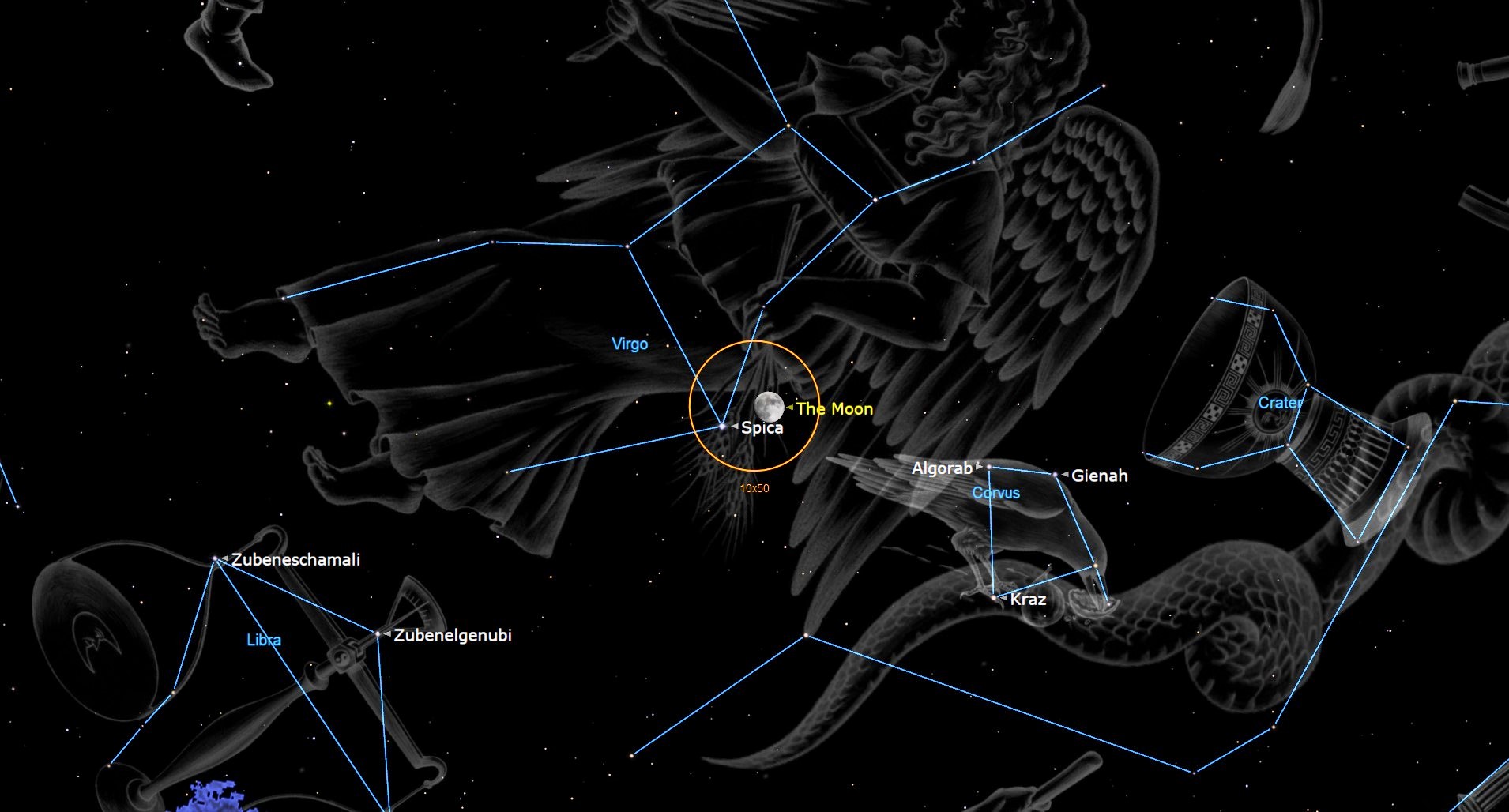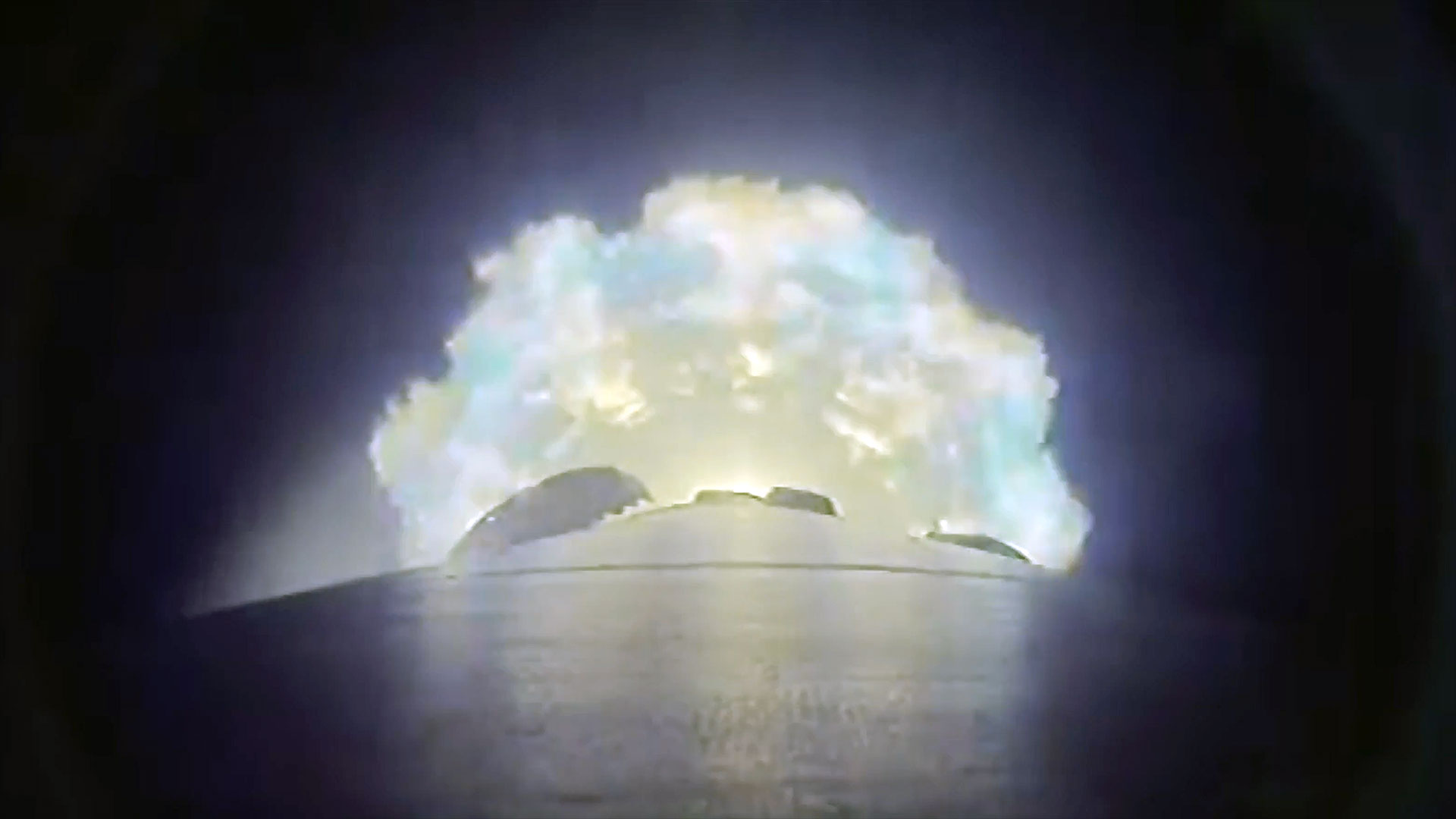Watch the moon and bright star Spica meet in a celestial dance on May 9
I think we know who's supplying the c(r)atering for this dance party.
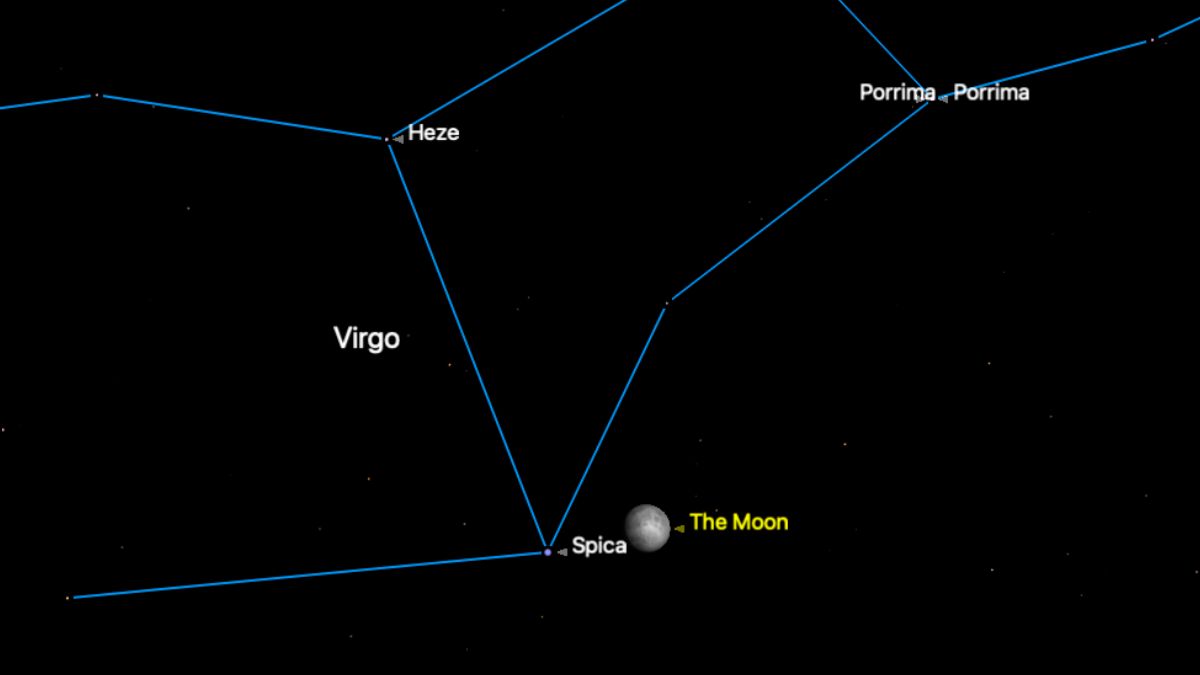
The bright star Spica will appear to dance around Earth's moon on the night of May 9. Here's how to catch the celestial pair at play ahead of next week's full 'Flower Moon'.
Stargazers should look for the moon and Spica hanging above the eastern horizon on May 9 after sunset.
The waxing gibbous moon will shine brightly, with just a thin crescent of shadow along its edge. Look to its lower left after 10 p.m. local time — once astronomical twilight fades, the bright star Spica will become easier to spot. The duo will be visible to the naked eye and close enough to share the same field of view in a pair of binoculars.
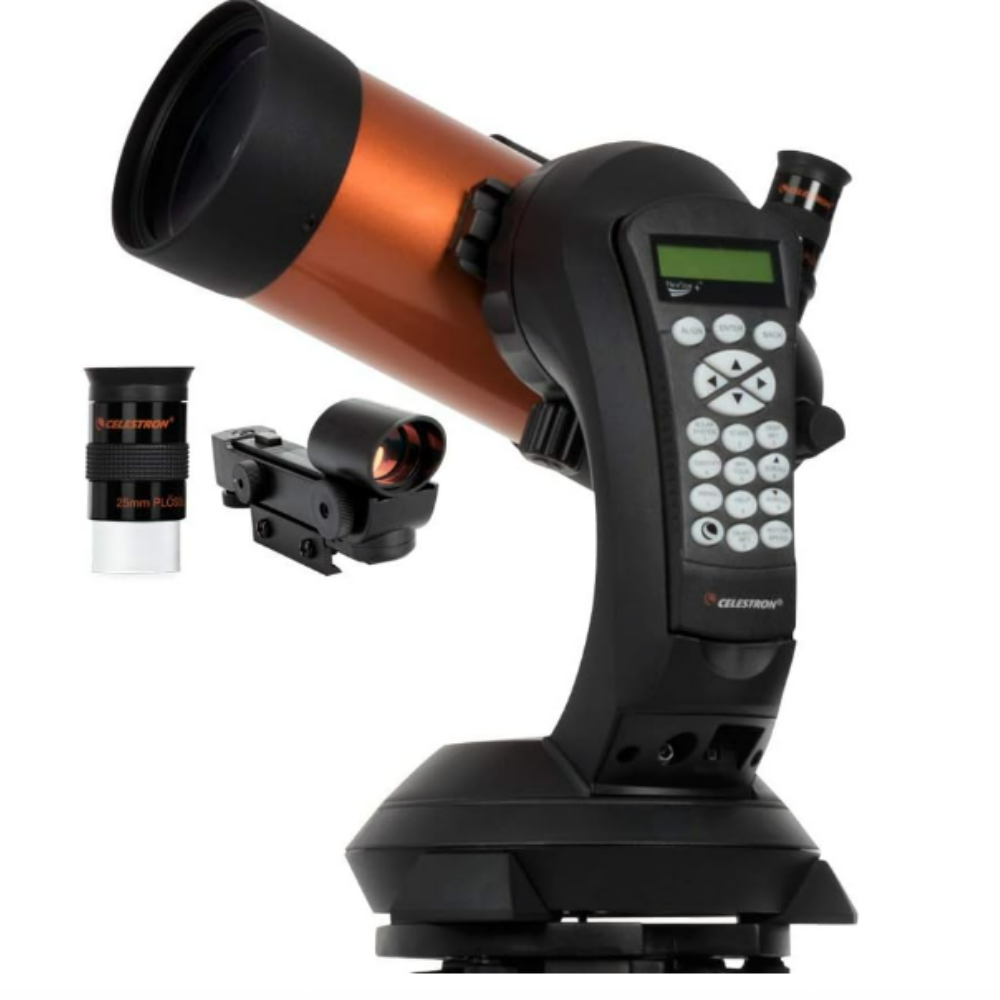
Want to explore the solar system ahead of the full 'Flower Moon'? The Celestron NexStar 4SE is ideal for beginners wanting quality, reliable and quick views of celestial objects. For a more in-depth look at our Celestron NexStar 4SE review.
Throughout the night, Spica will appear to move around the moon, and will have traveled from the lower left of its dance partner to its right shoulder by the time the pair sets below the horizon on the morning of April 10.
Whilst the cosmic pairing may appear close in the night sky on April 9, they are incredibly remote from one another. Spica is, after all, the most luminous star in the zodiacal constellation Virgo, and sits some 250 light-years from Earth. The moon, on the other hand, is a mere 238,855 miles (384,400 km) away on average, which is equivalent to 0.0000000406 light-years.
Though Spica may appear as a single point of light to the unaided eye, it is formed of a pair of gravitationally bound stars that orbit one another once every four days, according to NASA.
While you're out skywatching on May 9, look high in the southern sky near midnight to spot Arcturus — one of the brightest stars in the northern hemisphere — shining to the upper left of the moon. Meanwhile, Mars will glow low near the horizon.
Breaking space news, the latest updates on rocket launches, skywatching events and more!
The moon reaches its full moon phase on May 12. This particular full moon is also known as the 'Flower Moon' to some since it tends to appear in May just as North American and European flowers come into bloom. If you're interested in capturing images of the Flower Moon or simply upgrading your astronomy gear, then be sure to check out our guides for the best binocular deals and the best telescope deals. Our guides on the best cameras for astrophotography and best lenses for astrophotography can also help you immortalise your stargazing sessions.
Editor's Note: If you snap a photo of the duo and would like to share it with Space.com's readers, send your photo(s), comments, and your name and location to spacephotos@space.com.
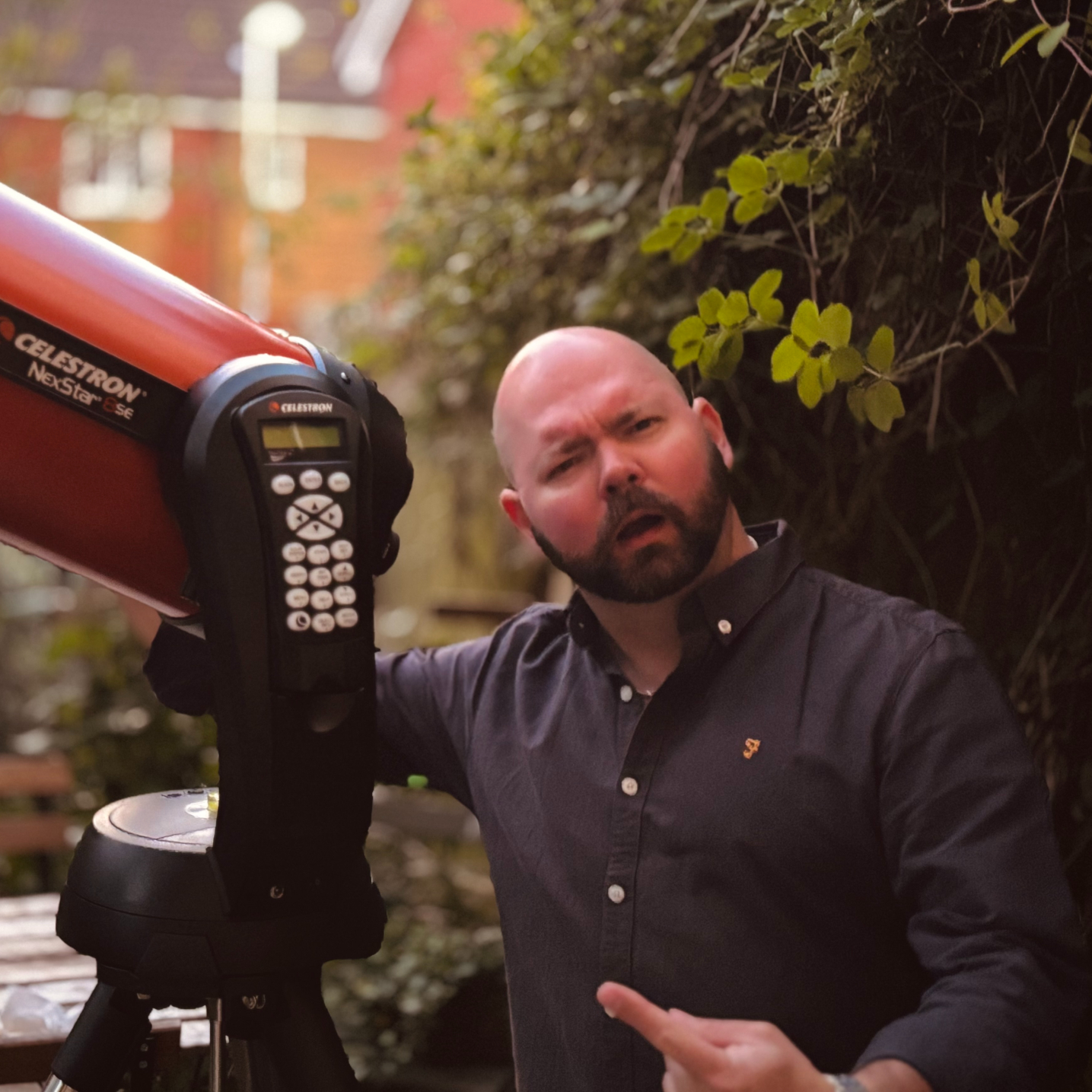
Anthony Wood joined Space.com in April 2025 after contributing articles to outlets including IGN, New Atlas and Gizmodo. He has a passion for the night sky, science, Hideo Kojima, and human space exploration, and can’t wait for the day when astronauts once again set foot on the moon.
You must confirm your public display name before commenting
Please logout and then login again, you will then be prompted to enter your display name.
